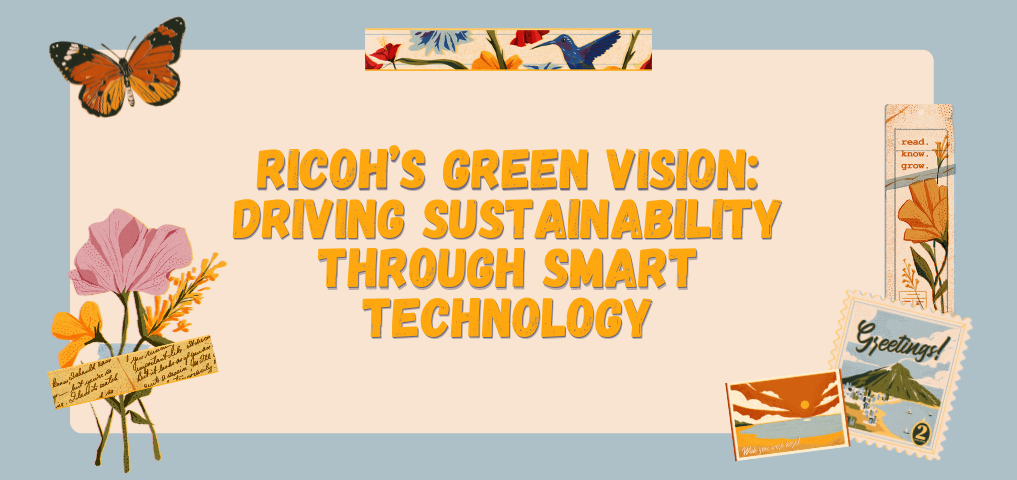
In an age where climate change and environmental impact are at the forefront of global concerns, businesses are increasingly expected to operate responsibly. Ricoh, a global leader in imaging and digital services, is rising to this challenge—not just by reducing its own environmental footprint, but by enabling others to do the same through smart, sustainable technology.
Ricoh’s green vision is not an afterthought—it’s a core part of its corporate philosophy. With a long-standing commitment to sustainability, Ricoh integrates environmental stewardship into every aspect of its operations, from product design and manufacturing to logistics and lifecycle management.
A Legacy of Environmental Responsibility
Ricoh’s dedication to sustainability dates back decades. As early as the 1970s, the company began implementing environmental management practices. Today, that vision is more ambitious than ever, as Ricoh aligns its strategy with the United Nations’ Sustainable Development Goals (SDGs) and aims to achieve net-zero carbon emissions by 2050.
To reach this target, Ricoh has adopted a science-based approach that includes energy efficiency, renewable energy usage, and circular economy principles.
Smart Technologies with a Smaller Footprint
Ricoh’s product innovation focuses on reducing environmental impact while maintaining high performance. This includes:
Energy-efficient multifunction printers (MFPs) with low standby power usage
EPEAT- and ENERGY STAR®-certified products
Toner cartridge recycling through the Ricoh Global Recycle program
Digitization tools that reduce reliance on paper and streamline workflows
These solutions allow organizations to operate more sustainably by cutting waste, minimizing resource use, and optimizing energy consumption.
The Circular Economy in Action
A key component of Ricoh’s green strategy is its commitment to a circular economy—one in which products and materials are reused, refurbished, or recycled to extend their lifecycle.
For example, Ricoh’s GreenLine series features refurbished devices that meet rigorous quality standards while offering customers a more environmentally friendly option. The company also takes back used devices for parts harvesting and responsible recycling.
This approach reduces landfill waste, lowers carbon emissions, and conserves natural resources.
Sustainable Operations and Supply Chain
Ricoh’s sustainability efforts extend beyond its products. The company has made significant strides in greening its supply chain, using sustainable materials, reducing packaging waste, and improving logistics efficiency.
Additionally, Ricoh has invested in renewable energy and aims to power 100% of its global operations with renewable electricity by 2050, as part of its commitment to RE100, a global corporate initiative.
Empowering Customers to Be Greener
Ricoh doesn’t just focus on its own impact—it actively helps customers improve their sustainability. Through sustainability consulting, energy audits, and workflow digitization, Ricoh enables organizations to reduce paper usage, lower carbon emissions, and adopt more eco-friendly practices.
Customers can also track their environmental performance using Ricoh’s analytics tools, which provide insights into print usage, energy consumption, and emissions—empowering better decision-making.
Final Thoughts
Ricoh’s green vision is more than just a corporate responsibility—it’s a strategy for long-term innovation, growth, and global impact. By combining cutting-edge technology with deep environmental commitment, Ricoh is helping create a smarter, cleaner, and more sustainable future for all.
As businesses look for ways to align profit with purpose, Ricoh stands as a leading example of how smart technology can drive meaningful environmental change—today and for generations to come.
